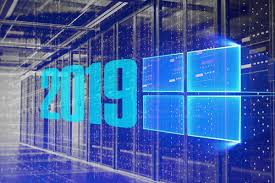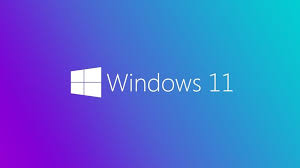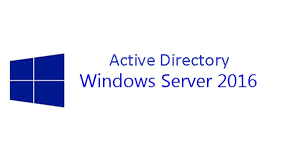have already written new features of Windows Server 2019 on my previous article which detailed the list of features available on Windows Server 2019, now want to compare the difference between Windows server 2016 and 2019, will list difference
Also Read: Windows Server 2019 Features
Comparison of Windows server 2016 vs 2019
Below features are only available on Windows server 2019 compared to Windows server 2016
Also Read: Windows server 2016 co-existence and migrate/upgrade scenarios with Windows server 2012 R2/2008/2003
Azure hybrid capabilities
System Insights – the built-in tool which pre-actively analysis the system data and alert the findings
Azure network adaptor – Used to connects to Azure virtual networks
Nested Mirror Accelerated parity – Two-node clusters which provide fault tolerance
USB thumb drive as cluster witness – USB drive can be used as a cluster witness which allows true two node HCI deployments
Deduplication for ReFS – This will save 90% disk space using de-duplication
Also Read: Nano Server Features and Benefits
Cluster-wide monitoring – Monitor real time system performance related to Cluster
Cluster sets – Now we can create large scale Cluster
Persistent memory – PM provides byte level access to non-volatile memory to improve performance
Virtual network peering – Now we can connect two virtual networks with High speed connectivity
Improved SDN gateway – Improved site to site VPN connectivity
Precision Time Protocol (PTP) – Replacement for NTP (Network Time Protocol)
Leap Second support – Now Windows support the leap second changes
Latency Optimised Background Transport (LEDBAT) – LEDBAT network bandwidth management
Also Read: Difference between windows server 2008 and 2012
Security Capabilities
Enhanced Windows Defender Advanced Threat Protection (ATP) – ATP now uses preventative protection, attack detection, and zero-day exploits
Shielded VMs for Linux – More secure VMs
HGS offline mode for shielded VMs – shielded VMs are more secure event HGS cannot be reached
VM Connect for shielded VMs – Easy to manage shielded VMs
Cluster hardening – Now Cluster works without NTLM
SDN encrypted subnet – secure encrypted communication between VMs that communicate with each other within subnets
Also Read: Windows Server Containers Features on Windows Server 2016
Container Capabilities
Linux containers – Now we can manage Windows and Linux applications on the same environment
Server Core base container image – Reduced container image size
Server Core Features on Demand (FoD) – Improved application compatibility
Kubernetes platform support – Improves computing, storage, and networking components
Windows Subsystem for Linux (WSL) – Use Windows tools like Command Prompt and PowerShell from Linux
And Storage Migration Service – migrate the existing server to new hardware or new Operating system version
Also Read: Virtualized Active Directory without Physical Domain Controller
Also Read: Active Directory (AD) Real Time Interview Questions and Answers





